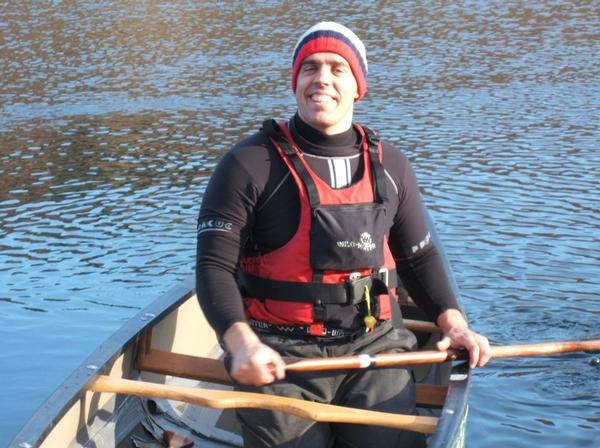What if you could get fit in half the time? UC expert explains

A University of Canterbury (UC) study has found that high intensity interval training could provide a time-saving alternative to traditional slower endurance exercise.
Dr Nick Draper, a UC sports science expert, will give a public lecture on campus on Wednesday night (November 7) and present key findings around the importance of physical activity for health, explain the benefits of high intensity interval training and present findings of his research.
``The importance of physical activity for health cannot be under-estimated. The links between physical inactivity and increased risk of developing non-communicable diseases such as cardiovascular disease are significant,’’ Dr Draper said today.
``Being physically active has long been associated with improved fitness and health, however, recent research suggests that undertaking regular physical activity may be even more important to health than researchers had previously believed.
``Yet ironically, as our working lives place decreased physical demands on our bodies we also tend to be less physically active in our leisure time. A lack of time is the most common reason for our more physically inactive leisure pursuits.’’
Research on physical activity showed the importance of physical activity to health, he said. Previously, physical activity had been emphasised as an important intervention to reduce risks associated with obesity and type II diabetes. However, recent research has gone a stage further, highlighting the increased health risk associated with physical inactivity.
``I have seen reports that have suggested physical inactivity accounts for over three million deaths per year around the world. Other research has shown the separate risk associated with sitting time at work. Those with longer sitting time have an increased health risk.
``While such research could be interpreted in an alarmist way, the information contained within these publications can also be a powerful tool for changing how we prioritise physical activity and also the forms it should take. Recent research is also helpful in this area, as our understanding of exercise prescription has been developing rapidly in the past 10 – 15 years, and is challenging previously held beliefs.
``As a general rule, exercise for non-athletes wishing to improve their conditioning or fitness have tended be focused on lower intensity “fat-burning” exercise sessions. The logic behind this type of exercise has been based around the concept that fat is used as a predominant fuel source during exercise at this lower intensity.
``More recently exercise physiologists, those who study the effects of exercise on the human body, have started to examine the stress of exercise in more detail and exciting challenges to traditional thinking are emerging. The emergence of this research has also been closely linked to commonly cited lack of time as a key reason behind increased physical inactivity levels.’’
Dr Draper said traditional so-called “fat-burning” exercise involves someone walking, running or cycling continuously for 20 to 40 minutes during each session. Whereas studies of high intensity interval training as a time-saving alternative have meant that those taking part in this type of exercise have only needed to exercise for less than half this time.
Note: More details about the lecture can be found at: www.canterbury.ac.nz/wiw.
